
Hollywood is constantly evolving, and these movies significantly changed how films are created, promoted, released, and recognized. Some introduced technologies that quickly became commonplace, while others altered how the industry does business or created opportunities for diverse filmmakers. Each of these twenty films had a clear and lasting impact, demonstrated by their success at the box office, innovative release approaches, awards wins, or technical advancements – and you can still see their influence in movies released in theaters and on streaming services today.
‘The Birth of a Nation’ (1915)
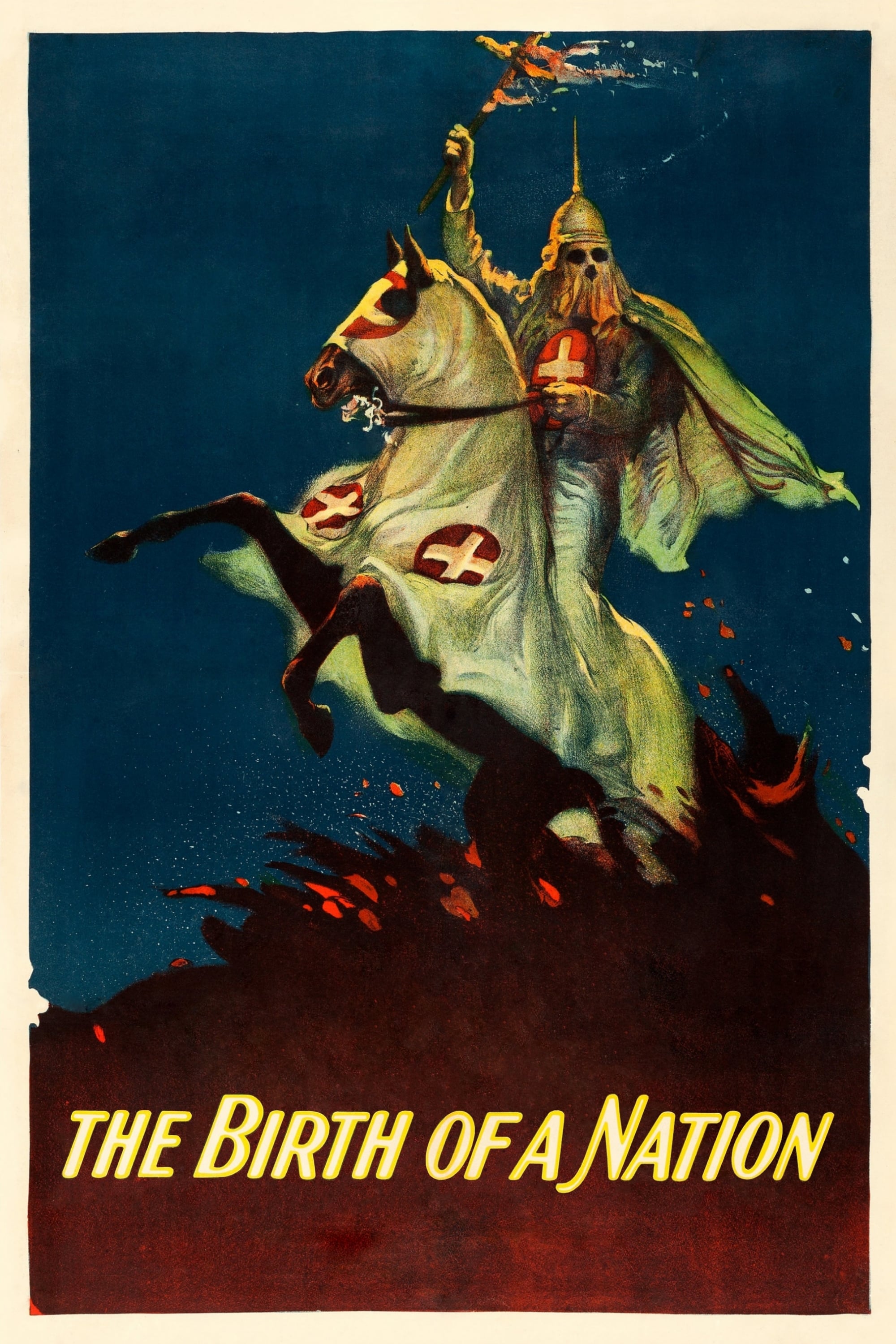
I was absolutely captivated by this film – it truly felt like a landmark achievement. Running over three hours, it really proved that audiences were ready for longer, more developed stories. What struck me was how innovative it was; it popularized techniques like quick cuts between scenes and staging massive crowd scenes, which every studio started using. It was a huge hit, shown in incredible roadshow presentations with live orchestras! Of course, it wasn’t without controversy. The film’s problematic content sparked important, though difficult, conversations about censorship and ultimately shaped how movies were regulated for years to come.
‘The Jazz Singer’ (1927)

This early “talkie” used a new system called Vitaphone to perfectly match dialogue with music. Because it did so well, other movie studios quickly started making sound films too. To keep up with what audiences wanted, theaters rushed to install the necessary sound equipment. This switch to sound dramatically changed filmmaking – actors, writers, and camera operators all had to adapt to the new technology and ways of recording.
‘Snow White and the Seven Dwarfs’ (1937)

As a huge animation fan, it’s amazing to think about how Disney’s Snow White really changed everything. It wasn’t just the first full-color, feature-length animated movie made in America, but the way they built it – using this incredible multiplane camera – gave the animation a real sense of depth that became their signature style. And thankfully, people loved it! It made enough money to prove animated movies could be big business, and basically launched the whole feature animation industry we know and love in Hollywood. It’s a cornerstone of film history, honestly.
‘Citizen Kane’ (1941)
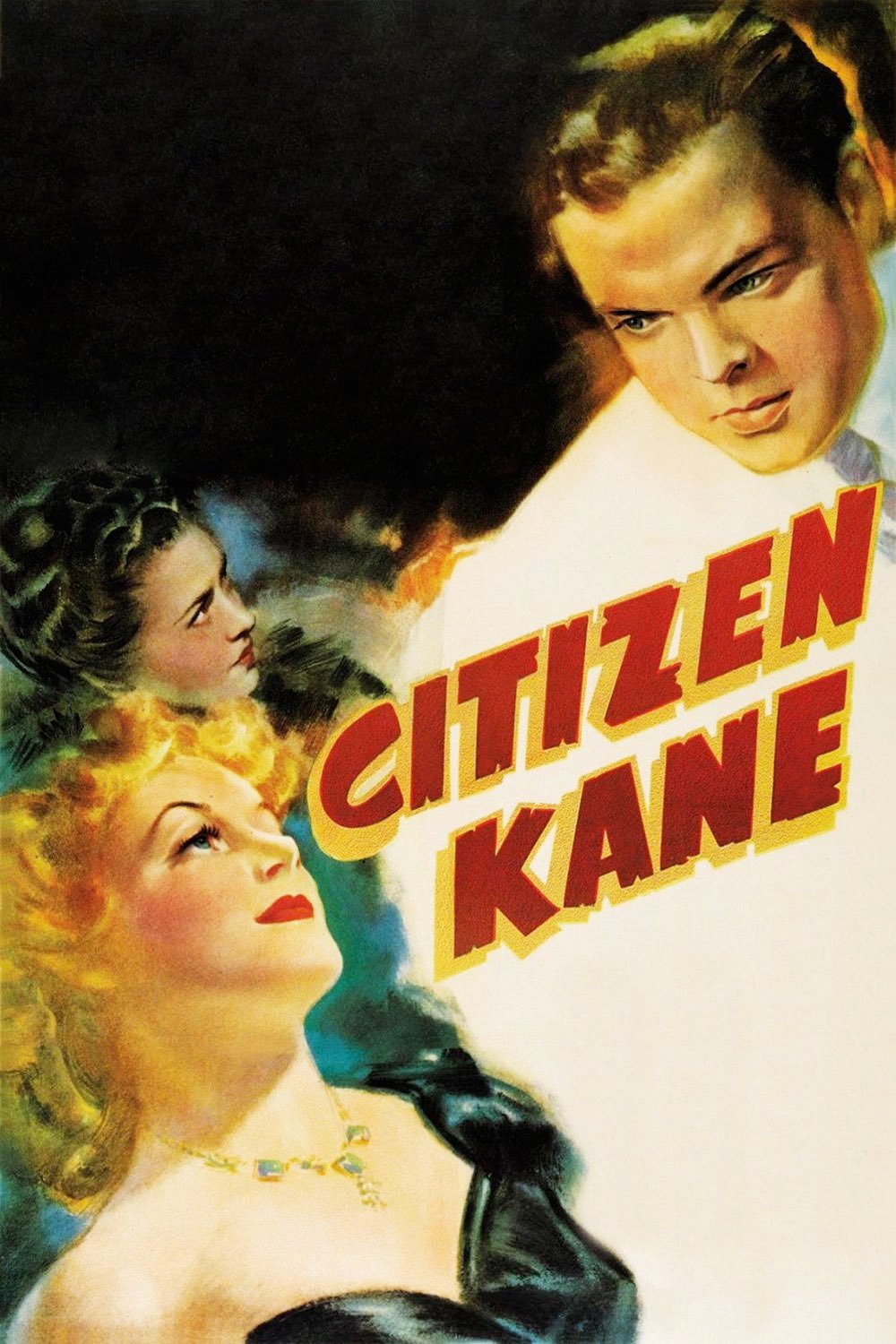
The film’s striking visuals, achieved through careful camera work and unique angles, powerfully conveyed its story. Its unconventional structure and use of newsreel-style footage had a lasting impact on how screenplays were written in various types of films. The opening and closing credits, along with the sound design, borrowed techniques from news editing rooms, influencing the creation of fictional stories that felt like documentaries. While it didn’t earn a lot at first, repeated releases established it as an essential learning tool for filmmakers.
‘Psycho’ (1960)
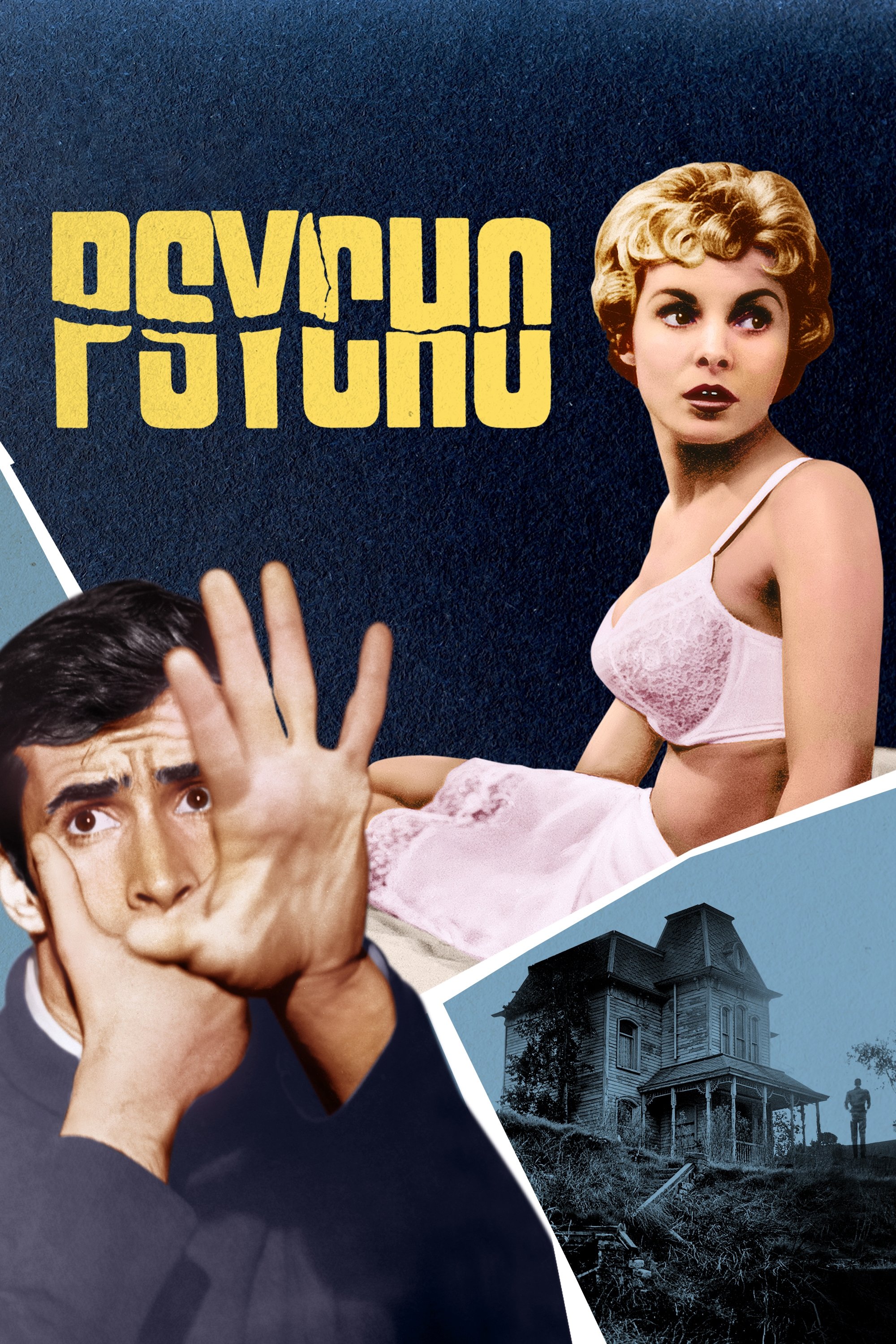
Alfred Hitchcock was famous for not allowing latecomers into his films, a practice other studios soon adopted when releasing new movies. The quick cuts in the iconic shower scene pushed the boundaries of suspenseful editing, all while staying within the censorship guidelines of the era. The film’s promotion cleverly kept the plot under wraps to build excitement and encourage people to see it in theaters. It also proved how effectively television advertising could get audiences ready for a movie’s release.
‘The Godfather’ (1972)
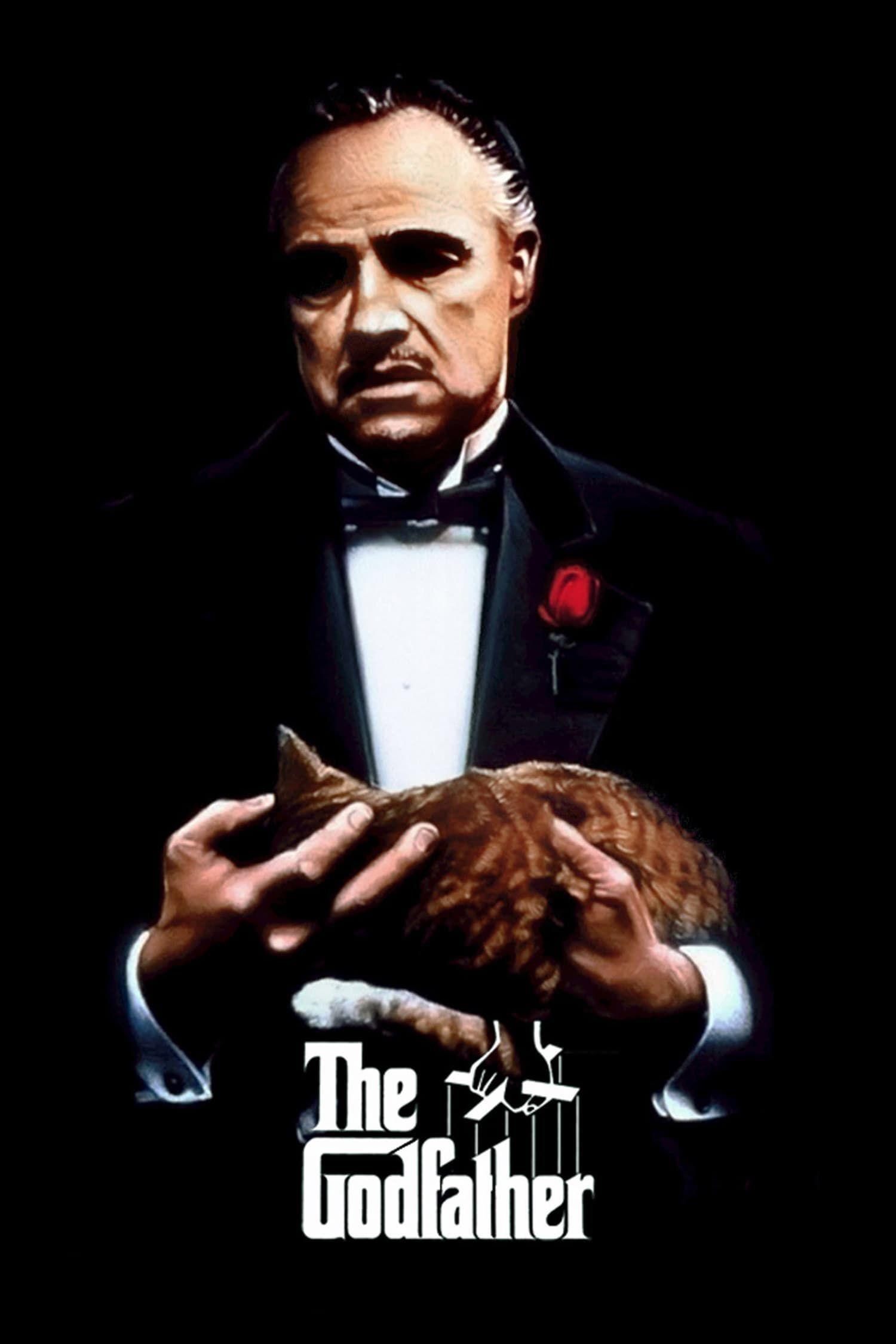
Paramount released a high-quality crime film with a large advertising campaign in newspapers across the country. This approach led to record box office earnings for a serious, adult drama. The film’s success helped pave the way for more director-focused filmmaking during the New Hollywood era, and it also changed how studios thought about creating sequels and long-term franchises.
‘Jaws’ (1975)
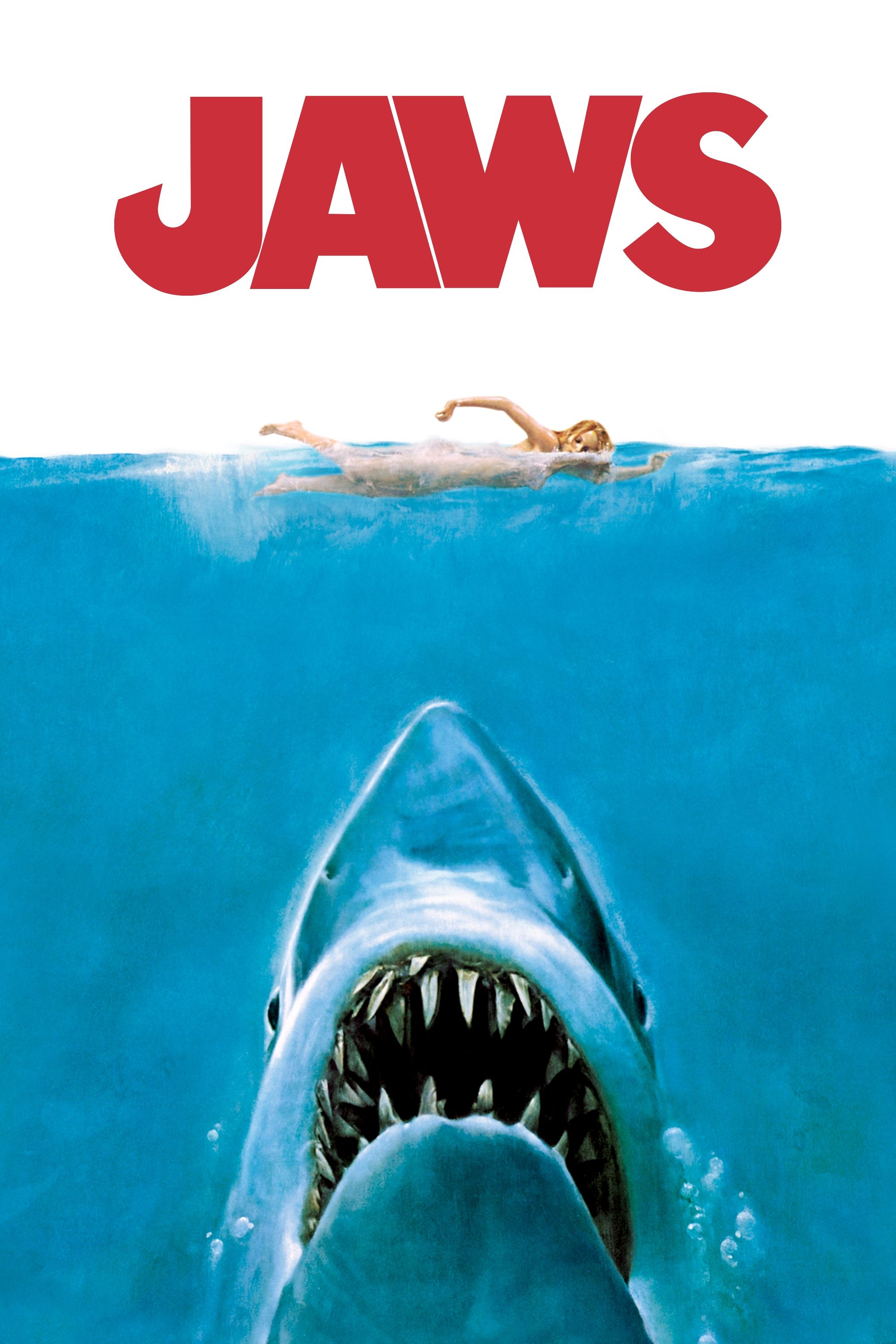
Universal Pictures pioneered the modern blockbuster strategy with a large summer release and heavy TV advertising. The film built tension through practical effects and on-location filming, slowly revealing its monster. It was the first movie to earn over $100 million domestically, and its success led other studios to start releasing their biggest films during the summer months.
‘Star Wars’ (1977)

Industrial Light & Magic revolutionized visual effects with its innovative camera systems. Dolby Stereo brought immersive sound to theaters, making it a standard for moviegoers. Smart deals for toys and other products became a significant source of income, and are now a key part of how studios plan movie series. Finally, the film’s success at the box office led to wider international release and plans for follow-up movies.
‘Top Gun: Maverick’ (2022)

Paramount released the film with a long period of exclusive theatrical release and utilized large-format screens to boost ticket sales. A key feature was the use of real aerial footage with actors filmed in cockpit setups, which was highlighted in the film’s promotion. The movie successfully brought older audiences back to cinemas as theaters recovered from the pandemic and earned over a billion dollars globally. Its success demonstrated the continued appeal and value of making sequels to established franchises.
‘Jurassic Park’ (1993)

Combining computer-generated dinosaurs with practical animatronics demonstrated that incredibly realistic creatures could be successfully featured in a live-action movie. The film also popularized immersive surround sound in cinemas thanks to Digital Theater Systems. Its massive success at the box office, both domestically and internationally, led to expansions at theme parks. As a result, movie studios began investing more heavily in companies specializing in digital effects.
‘Pulp Fiction’ (1994)

After gaining attention at the Cannes Film Festival, Miramax released the film gradually across the country, turning it into a widespread success. Its unique, non-traditional storytelling and use of popular culture references proved that independent films could appeal to a large audience. The film’s soundtrack also helped increase sales of existing music. Ultimately, the movie’s success opened doors for more modestly-budgeted, director-focused projects.
‘Toy Story’ (1995)

This film marked the first time a feature-length movie was made entirely with computer animation. Pixar’s process showed how creative and technical teams could work together effectively using digital tools. The movie’s popularity encouraged other studios to start or grow their own computer animation departments, and it also became common for animated films to take longer to produce.
‘The Blair Witch Project’ (1999)

What started as a very low-cost film pioneered the now-common ‘found footage’ style. Clever use of early online forums and a fake website created a buzz that major studios paid attention to. The film went on to earn a huge profit relative to its small budget – one of the best returns ever seen in movie history. It showed other filmmakers how to make successful, low-budget horror films and inspired new, viral marketing strategies.
‘The Matrix’ (1999)

As a movie fanatic, I always think about how The Matrix really changed things. It wasn’t just the cool “bullet time” effect – that blended cameras and digital trickery in a way we hadn’t seen before. But it also brought a whole new level of fight choreography to Hollywood, stuff inspired by Hong Kong action films. And honestly, it was amazing to see a movie so focused on philosophical ideas become a huge blockbuster. Looking back, it’s clear that its visuals had a massive impact, basically setting the style for so many video games and superhero movies that came after it.
‘The Lord of the Rings: The Fellowship of the Ring’ (2001)
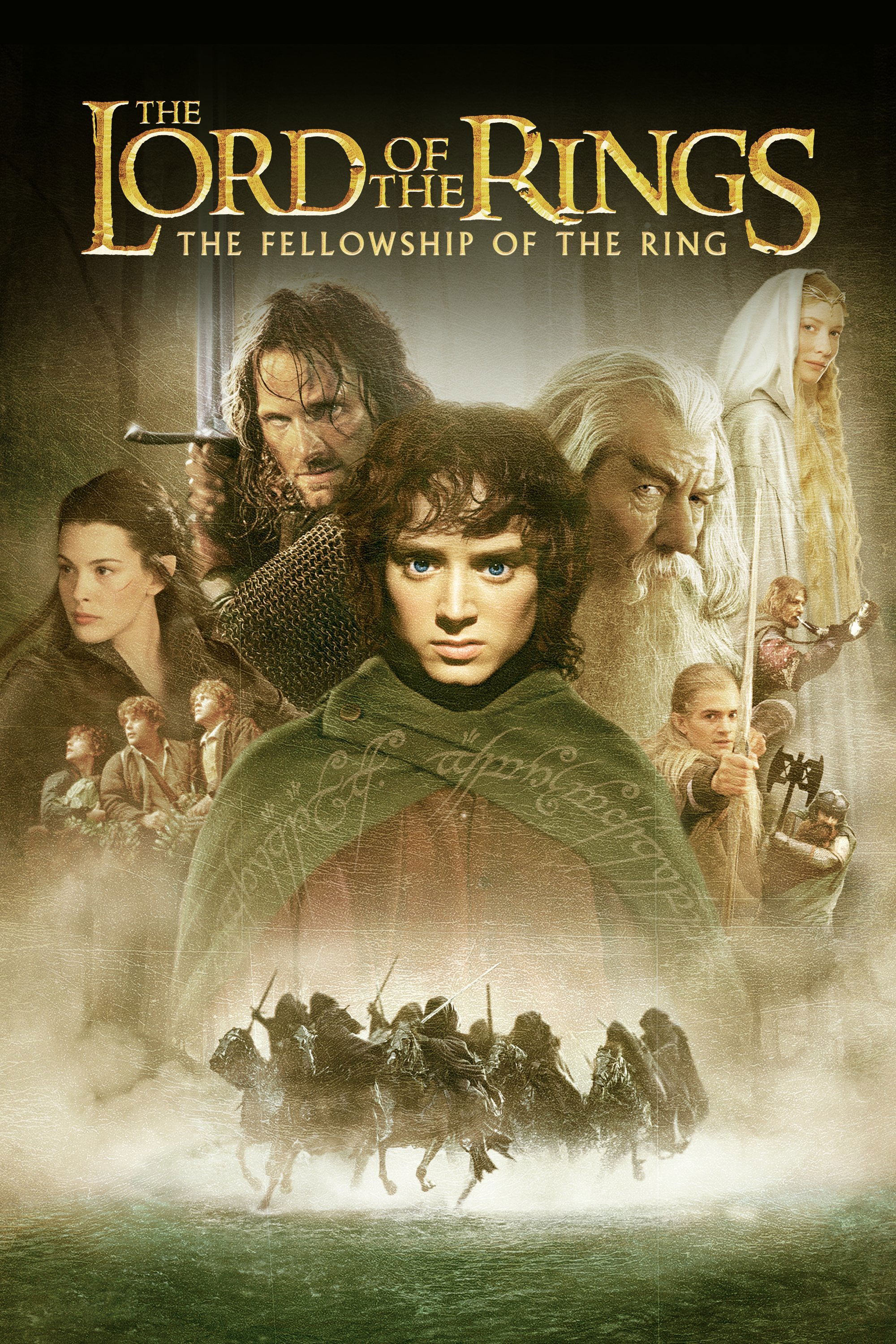
As a film fan, it was amazing to see what New Line pulled off by shooting those three movies in New Zealand one after another – it really showed everyone that making a franchise like that, back-to-back, was actually possible! And Weta Workshop? They built incredible digital tools for everything – the creatures, huge battle scenes, and the landscapes themselves. Plus, New Zealand’s support for filmmaking, with its incentives and good facilities, really helped the local film industry grow. What I also found interesting was how they released the films and those extended editions; it meant people kept buying and watching them for years – a really smart way to build a lasting audience.
‘Avatar’ (2009)

Okay, so this movie was a game changer technically. They used performance capture and this incredible virtual camera system, letting everyone on set actually see the digital environments in real time – it was groundbreaking! Beyond that, it really kicked off the whole 3D craze, and theaters started charging a lot more to see it – and people happily paid! It actually became the biggest movie in the world at the time, which is huge, and all that demand forced companies to build better 3D equipment and rendering software. It really pushed the whole industry forward.
‘Get Out’ (2017)

Blumhouse achieved significant profits by making films with relatively low budgets, releasing them widely, and relying on positive reviews to spread. Their films often combined thought-provoking themes with exciting horror elements, attracting a large audience. The film’s Academy Award win for Best Original Screenplay helped establish socially conscious horror as a respected genre, leading other studios to take chances on new directors with unique horror concepts.
‘Black Panther’ (2018)
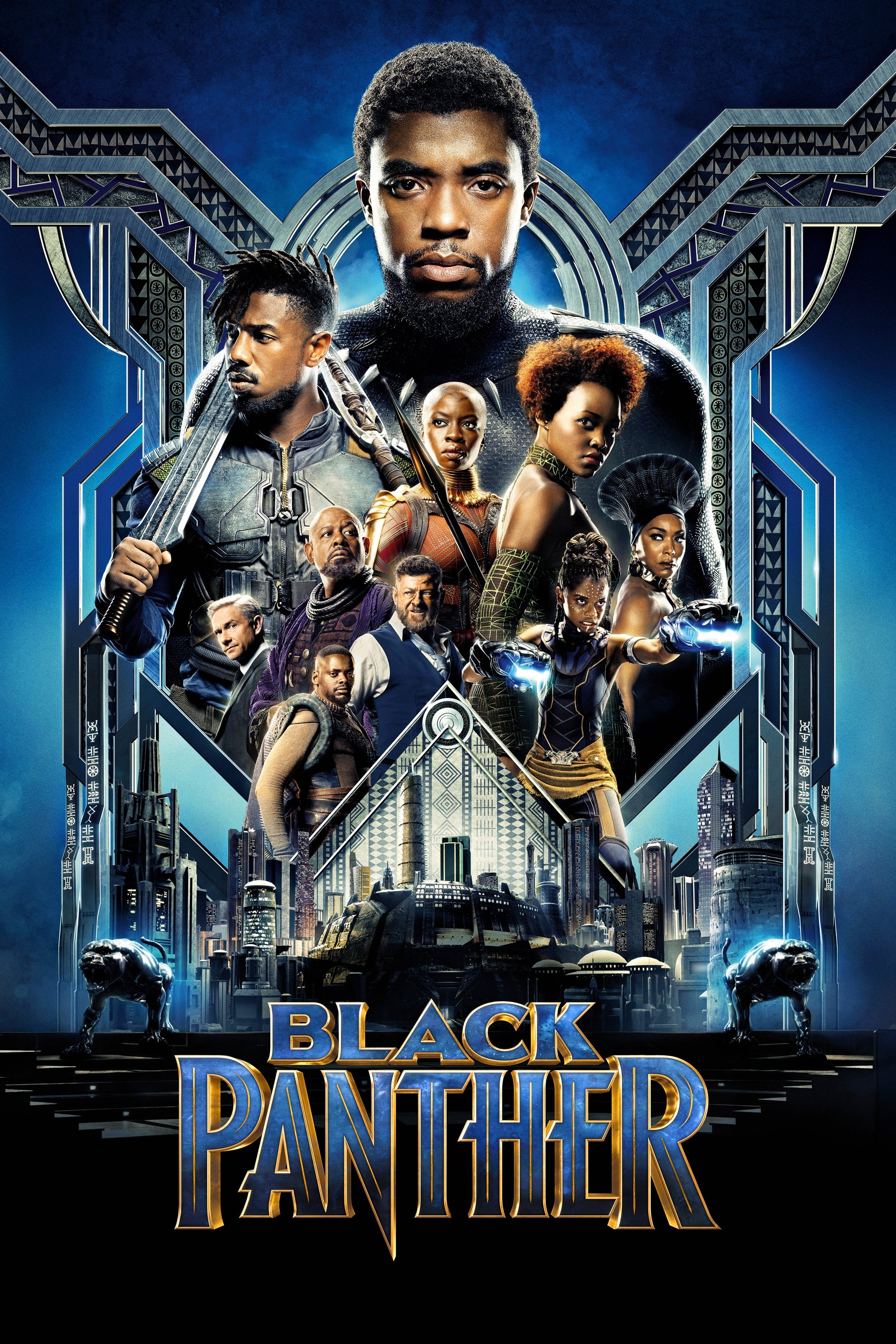
Marvel’s latest superhero film, featuring a primarily Black cast and set in Africa, became a major success, earning over a billion dollars globally and doing very well in the US. It even received a Best Picture nomination – a first for a superhero movie. The film also led to more opportunities for related merchandise and fashion partnerships.
‘Parasite’ (2019)
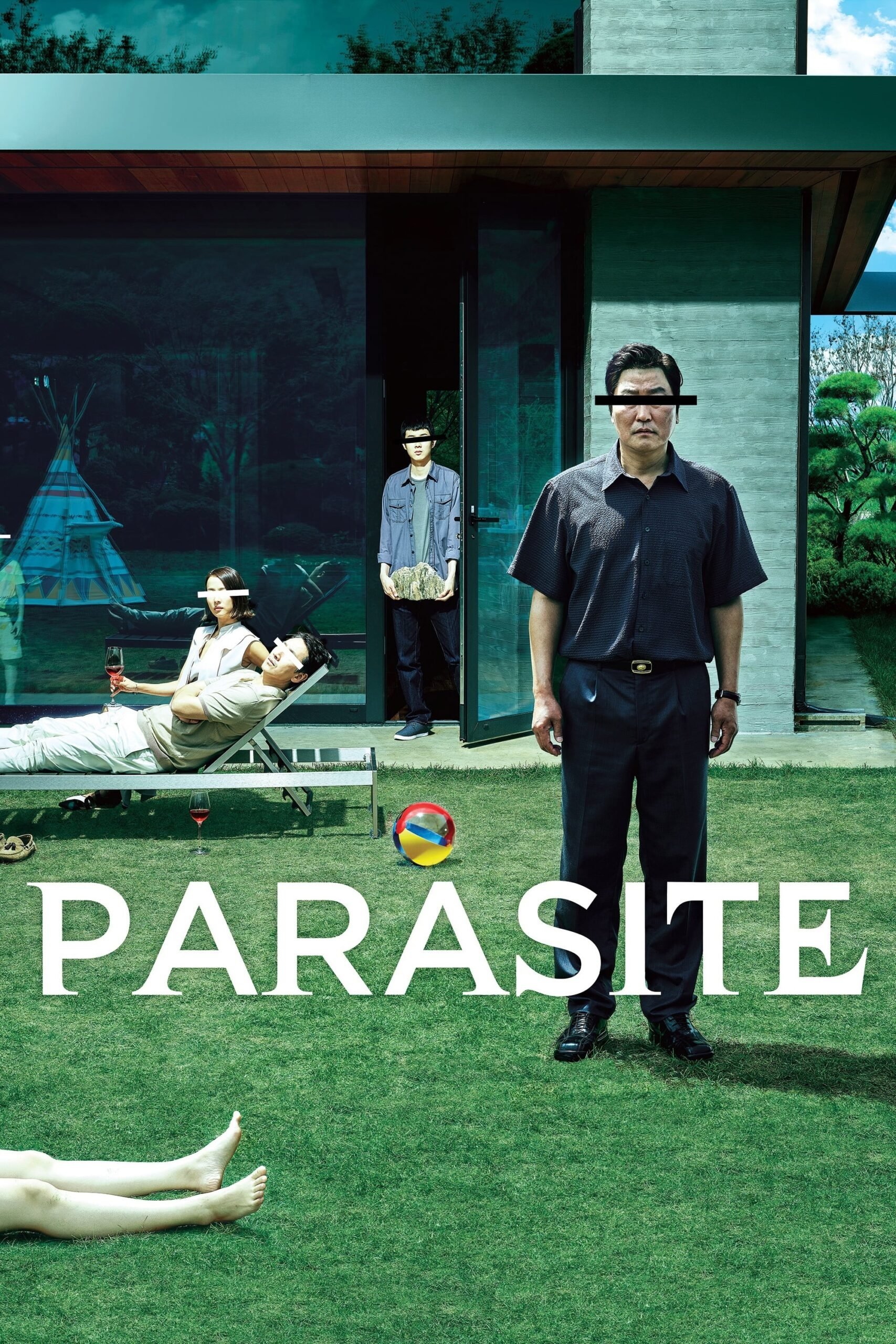
This acclaimed South Korean film achieved major success, winning the Palme d’Or and becoming the first non-English language film to win Best Picture. Its awards sparked greater interest in subtitled films in North America, proving that a film doesn’t need to be released simultaneously in theaters and on streaming platforms to become a global hit. This encouraged film studios and streaming services to invest in and promote more foreign language films.
‘Barbie’ (2023)

The film collaborated with many popular brands on a marketing campaign that went beyond standard movie promotion. It became the highest-grossing film ever directed by a woman, earning over a billion dollars globally. When released alongside a historical drama, it sparked a widespread cultural trend, boosting viewership for both films. Its success led to plans for new toys and related products.
Let us know in the comments which movies you believe truly changed the game and had the biggest impact on Hollywood!
Read More
- Robert Kirkman Launching Transformers, G.I. Joe Animated Universe With Adult ‘Energon’ Series
- Avantor’s Chairman Buys $1M Stake: A Dividend Hunter’s Dilemma?
- EUR TRY PREDICTION
- NextEra Energy: Powering Portfolios, Defying Odds
- AI Stock Insights: A Cautionary Tale of Investment in Uncertain Times
- Hedge Fund Magnate Bets on Future Giants While Insuring Against Semiconductor Woes
- Ex-Employee Mines Crypto Like a Digital Leprechaun! 😂💻💸
- UnitedHealth’s Fall: A Seasoned Investor’s Lament
- The Illusion of Zoom’s Ascent
- Oklo’s Stock Surge: A Skeptic’s Guide to Nuclear Hype
2025-11-11 06:49